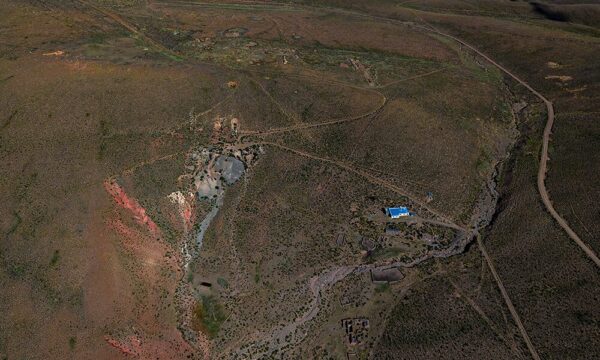Metallurgy and processing
Spodumene concentrate. Work undertaken to date by RCK indicates that a spodumene concentrate can be produced, the industry standard for this type of deposit. Nevertheless, lab-scale metallurgical work by SGS has produced multiple flowsheets that demonstrate that it is potentially possible to produce not only a spodumene concentrate, but also a Li2CO3 product.
Increased vertical integration. Historically, due to the capex of conversion and the complex process involved, hard rock lithium producers have seldom been vertically integrated. However, the move to vertical integration is likely to be a key trend moving forward.
An example of this is demonstrated by Finnish company, Keliber Oy which recently completed a positive DFS based on annual average production of 10,745tpa battery-grade Li2CO3. Keliber’s DFS indicates a post-tax NPV8% of €225m and 22% IRR. We note that this was predicted on a relatively small mining operation; input ROM ore of only 570ktpa and based on open-pit Ore reserves of 4.67Mt at 1.07% Li2O defined from a total mineral resource of 10Mt at 1.16% Li2O. For reference, RCK’s total resource is currently 13.29Mt at 1.09% Li2O of which 6.57Mt is Measured and Indicated.
As such, as development studies progress, we understand that RCK will undertake a trade-off study to evaluate the economics of constructing a standalone conversion facility as an alternative to simply producing spodumene concentrate.
Conversion facilities typically convert spodumene into lithium carbonate (Li2CO3), or increasingly lithium hydroxide (LiOH). The industry standard feed for convertors is a 6% spodumene concentrate, which is considered the optimum balance between grade and recovery. Lower concentrate grades result in poorer economics for the conversion process, while higher grades are also not desirable as the market is much smaller (except for ceramics), and in any case, producing a 7%+ concentrate is measurably harder.
The key is often producing a clean concentrate, with low deleterious elements. High iron or mica contents are particularly undesirable in spodumene concentrates.
Note that an increase in vertical integration in hard-rock industry is likely to increase competition for available spodumene concentrate, especially by standalone convertors in China, which should be supportive for spodumene concentrate pricing.
RCK’s metallurgical testing. In 2011, RCK sent a 770kg bulk sample to SGS Lakefield in Ontario for metallurgical testwork. The material was sourced from three drill holes on the MZN pegmatite, and blasted grab samples from the MZN and MZSW pegmatites, which were deemed to be representative of the style and type of mineralisation and the mineral deposit as a whole. The composite sample produced a head-grade of 1.49% Li2O, which is in excess of the average grade of the current resource estimate (1.09% Li2O).
Battery-grade lithium carbonate. The testwork successfully produced spodumene concentrates using standard flotation and heavy liquid separation techniques. Furthermore, the testwork demonstrated that a lithium carbonate product could be produced by processing the Georgia Lake spodumene concentrate through a standard lithium carbonate hydrometallurgical flow sheet. This produced a high-grade (99.988%) Li2CO3 product, meeting typical product specs for all impurities except calcium, although process optimisation is expected to improve this. For reference, battery grade is defined as >99.5%. If RCK goes for a concentrate only route, we would anticipate that any spodumene concentrate produced from Georgia Lake would preferably be sold domestically into the US market to negate the high transport costs that would be incurred shipping concentrate to China.





















